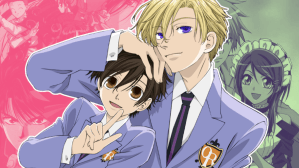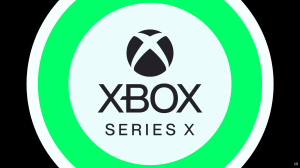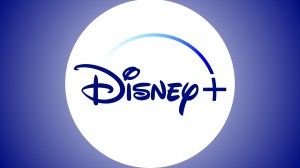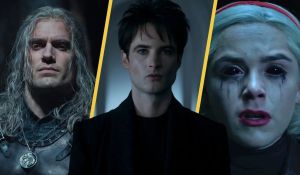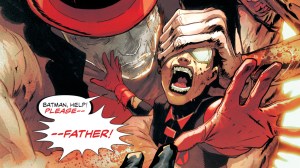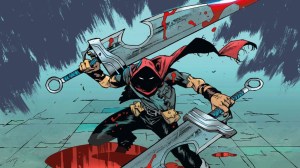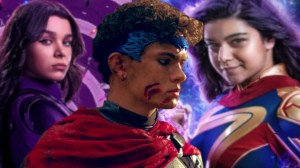When someone mentions “shojo anime,” most people think of sparkling romances, school days, blushing protagonists navigating first loves, or gentler fantasy worlds, with the leading exceptions being the likes of Yona of the Dawn. This demographic typically targets teenage girls with stories about relationships, emotional growth, and coming-of-age themes, all wrapped in pastel aesthetics. But that’s not all this genre is about. Originally published monthly in Bessatsu Shojo Comic from 1985 to 1994, MAPPA’s 2018 adaptation of Banana Fish completely shatters those expectations while still technically being classified as shojo.
Videos by ComicBook.com
Banana Fish tells the story of Ash Lynx, a teenage gang leader in New York City, who befriends Eiji Okumura, a photojournalist assistant, and is caught in a conspiracy involving mind-control drugs, government corruption, and the scars of his past. The story is dark, gritty, tragic, undeniably problematic, and certainly a product of its time. It features gangs, drugs, murder, several instances of sexual violence, child abuse, organized crime, and psychological manipulation in ways that are shocking for the genre. But all that just makes this anime even more of a must-watch.
The Shojo Classification Comes as a Surprise
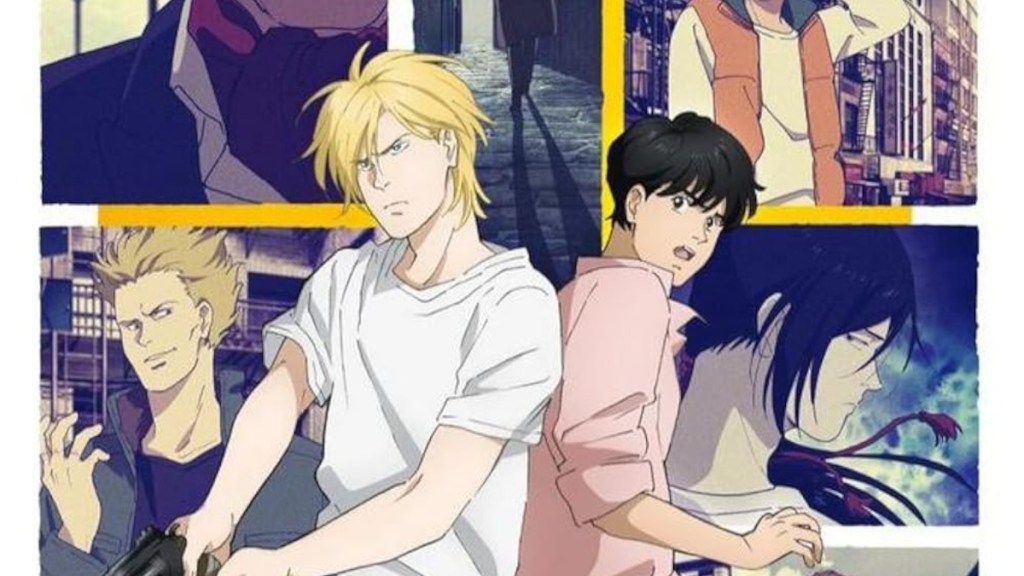
The classification of Banana Fish as shojo stems from its original manga publication in Bessatsu Shojo Comic magazine in 1985, a magazine aimed at teenage girls and young women. But its dark themes and violent content feel very different from what people usually expect from shojo, which has helped it gain a big following among men and adult women, too. This demographic mismatch highlights a fundamental misunderstanding about how anime classifications work. Shojo isn’t a genre about sweetness and romance, it just means the target readers were girls and is not an indicator of actual content or themes.
Not unlike Western attitudes towards anything perceived as “girly,” shojo fiction was, for the longest time, dismissed for being silly and childish. Early shojo stories had little introspection or ambition, serving mainly to provide stereotypically girlish escapism until the late ’60s feminist wave hit Japan, encouraging women to challenge gender norms. In response to that, shojo creators began writing darker, more serious stories that border on seinen, proving just how far the demographic can push its established boundaries.
Banana Fish completely abandons traditional shojo aesthetics, featuring no sparkles or flowers, only action lines, guns, and blood. The series doesn’t look like a shojo manga at all, showing how shojo has changed over time. I noticed you can also see this shift in later works like Nana or Princess Jellyfish, where characters deal with real-life issues like identity, love, and fighting against sexist expectations.
Seinen Themes in a Shojo Package
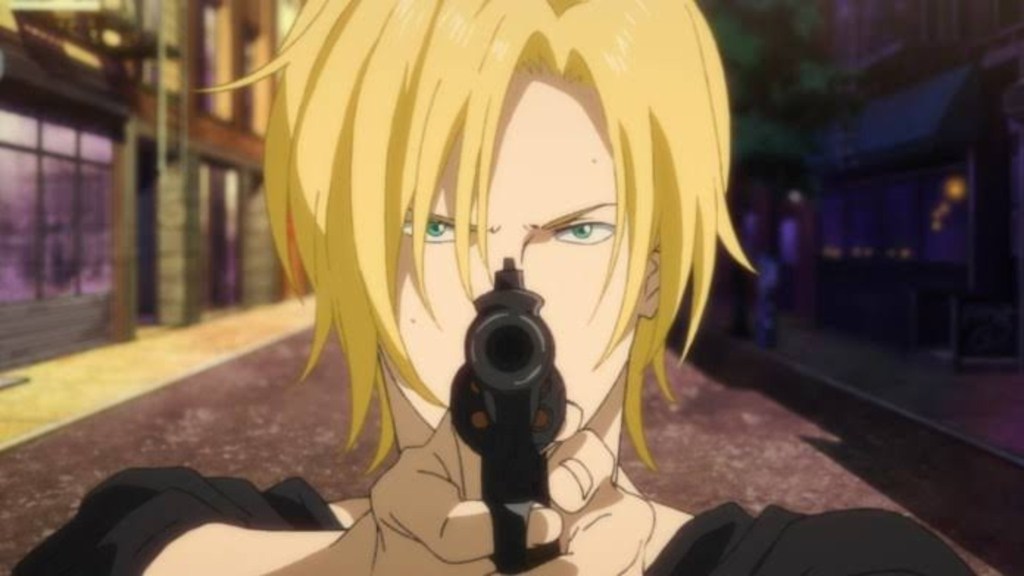
Banana Fish being labeled as shojo feels surprising because its story is so dark and serious. Instead of romance, it features violence, drugs, and painful backstories that seem better suited for a seinen or josei production, particularly the latter, given the relationships depicted. This challenges what people usually expect from shojo and makes it really stand out.
This classification problem isn’t unique to Banana Fish but part of a bigger issue with how the anime industry markets content. Even though it was published in a shojo magazine, its mature themes clearly aim at older readers. It has the aesthetic and themes of a seinen or potentially josei anime, demographics marketed more toward male and female adults, respectively.
To understand why Banana Fish was called shojo, I think we need to look at the manga industry during the 1980s, when genre boundaries were far more fluid. The manga industry was still defining what each demographic could and should contain, leading to groundbreaking works that defied conventional expectations. The 1980s shojo scene was particularly adventurous, with creators pushing boundaries and exploring themes that would be considered taboo by today’s standards, explaining how a story featuring such dark subject matter could emerge from a magazine typically associated with lighter romantic content.
The Ending That Proves Not All Stories Get Happy Closures

Banana Fish follows the story of Ash, a teenage gang leader in New York, who was groomed by a powerful mafia boss and discovers a connection between the mafia, his brother’s poor mental state, and a new drug called Banana Fish. He teams up with his street gang, a couple of journalists, including a photojournalist assistant, Eiji, whom Ash develops feelings for, to uncover a huge case exposing the mafia and the U.S. government. The story is a gripping crime drama that tackles themes like corruption, conspiracy, war, trauma, tragedy, BL relationships, and deep friendships.
On top of that, Banana Fish has one of the most heartbreaking endings in anime that leaves viewers emotionally destroyed. The series builds a powerful relationship between Ash and Eiji, only to tear it away through tragedy and circumstances. The bittersweet ending highlights themes of loss, sacrifice, and the impossibility of escaping one’s past.
Banana Fish doesn’t offer the comfort or happy closure that people usually expect from typical shojo stories. Instead, it presents a realistic portrayal of how trauma and violence can destroy even the most meaningful connections, making it one of the most emotionally intense anime out there. MAPPA’s adaptation brings this devastating story to life with stunning animation that enhances every heartbreaking moment, making it an absolute must-watch.


